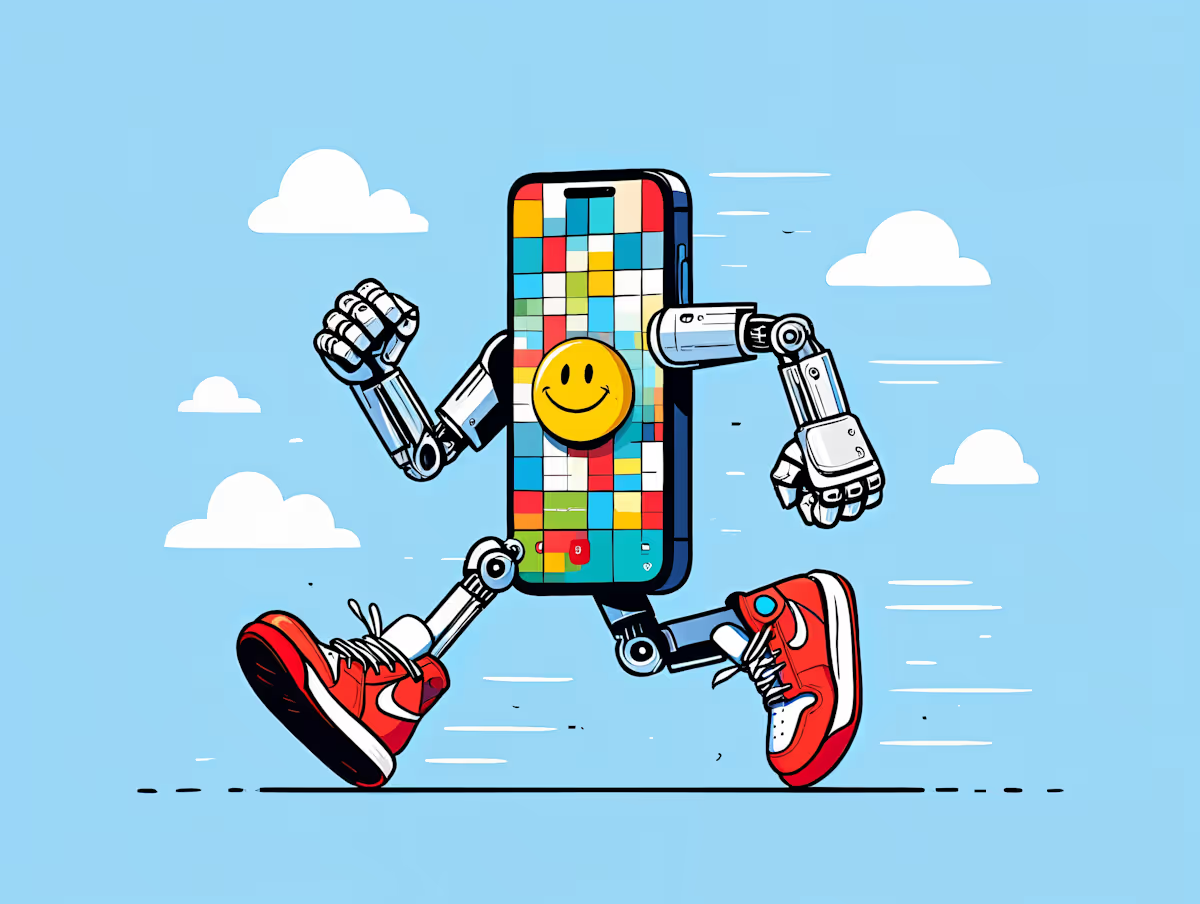Prompting the Muse: How AI Becomes a Writing Partner
Generative AI has shifted the terrain of storytelling. What once required days of brainstorming and outlining can now begin with a simple prompt and a few lines of direction. Yet, the magic lies not in automation but in augmentation: AI as a co-creator rather than a replacement for human imagination.
Writers today can use AI tools to explore divergent plot paths, flesh out character arcs, or even emulate particular narrative voices. It’s less about outsourcing the creative act and more about expanding its parameters.
The Prompt as a Catalyst
At the heart of AI-assisted writing is the prompt. The quality of the input profoundly shapes the output. Specific, evocative prompts tend to yield more compelling results. For instance:
"A retired detective in a post-apocalyptic Venice is forced out of retirement when a gondola washes ashore with a cryptic message."
Such a prompt provides setting, character, and conflict—giving the AI enough context to build a coherent and imaginative response.
Shaping Narrative with AI Feedback Loops
Writing with AI becomes most powerful through iterative refinement. Here's a typical workflow:
- Initial Prompt – Start with a detailed idea or scene.
- AI Output – Let the model generate several narrative continuations or style options.
- Human Revision – Curate, tweak, and stitch the best elements together.
- Re-prompting – Feed revised scenes back into the AI to generate the next segments.
This back-and-forth mimics a writer’s internal dialogue, externalized and accelerated.
Coding Narrative Logic
For technically inclined writers, coding narrative scaffolds with tools like GPT or custom scripts can unlock new levels of control. You can:
- Define character arcs using state machines.
- Implement plot beats with conditional logic.
- Generate dialogue using persona prompts.
Python, for example, can be used to create structured prompt chains or to integrate AI into interactive storytelling platforms like Twine or Ren'Py.
Style and Voice: Teaching the AI to Sound Like You
Another powerful use of AI in writing is style mimicry. By fine-tuning or consistently prompting the AI with your previous work, you can train it to echo your voice. This is particularly useful for:
- Drafting dialogue-heavy scenes
- Mimicking past tone for series or sequels
- Generating variants for line edits
“Every prompt is a conversation. The more fluently you speak, the better the AI listens.”
Ethical and Creative Boundaries
It’s tempting to see AI as an infinite idea machine, but creative responsibility still rests with the human writer. Some questions to continually ask:
- Am I using AI to deepen or shortcut my storytelling?
- Is the AI generating tropes I wouldn’t choose consciously?
- Who owns the voice when it’s a blend of algorithm and author?
The key is to treat AI not as an oracle but as a brainstorming partner—an amplifier, not a replacement.
Conclusion: Plotting the Future
Generative AI isn’t the end of writing; it's the next chapter. When approached with care and intention, it offers a dynamic partnership that enhances storytelling. The art is in knowing when to prompt, when to prune, and when to simply listen to your own voice again.

